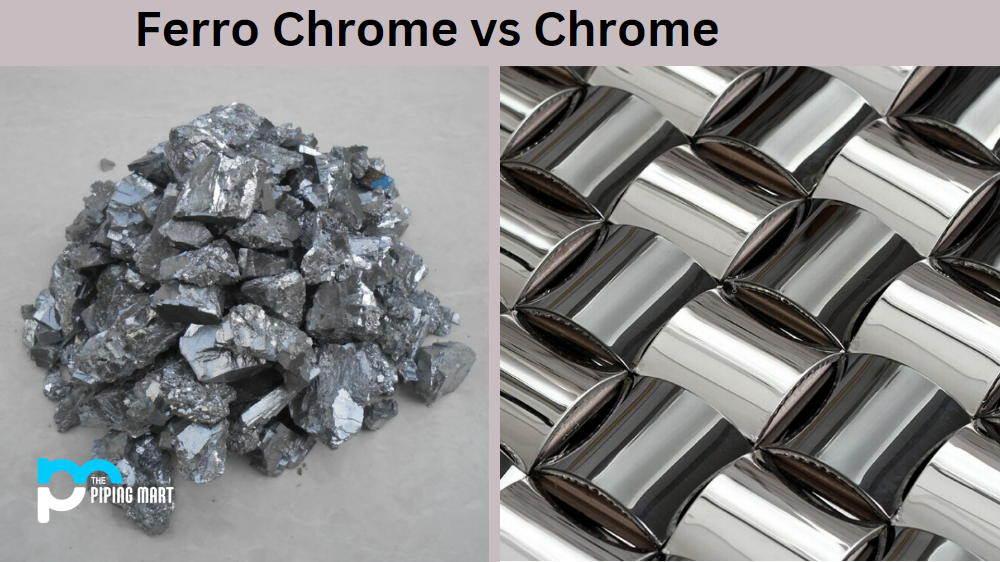Welding is a process that is used to join two pieces of metal together, and stainless steel is one of the most common materials used. Knowing which type of welding should be used when working with stainless steel can be challenging, but it’s important to get it right to ensure a strong and secure weld. In this blog, we will discuss the different types of welding that can be used for stainless steel and why each one is best for certain applications.
Stainless Steel welding methods
TIG Welding
TIG (tungsten inert gas) welding is one of the most popular methods for joining stainless steel pieces together. It is an arc welding method that uses a non-consumable tungsten electrode to produce the weld. This type of welding requires high skill levels as it requires precise control over the heat input and filler material. It also produces very clean welds with minimal distortion, which makes it ideal for thin sections and complicated weld joints.
MIG Welding
MIG (metal inert gas) welding is another popular method that can be used for welding stainless steel. This type of welding uses a consumable wire electrode fed through a handheld torch to produce the weld. MIG welding offers several advantages over other types, such as fast travel speeds, low levels of distortion, and good penetration into thick sections. It also does not require as much skill as TIG welding, making it suitable for beginners or those who don’t have access to skilled labor.
Flux Core Arc Welding (FCAW)
FCAW (flux core arc welding) is another type of arc welding that can be used on stainless steel. It uses a flux-cored wire electrode instead of a solid wire, which eliminates the need for shielding gas in some cases. This makes FCAW more suitable for outdoor applications where shielding gas can be difficult or impractical to use. However, FCAW produces higher spatter levels than MIG or TIG, so it should only be used when other methods are not possible or practical.
Conclusion:
Welding stainless steel correctly requires careful consideration of several factors, such as thickness, joint design, and application environment, among others. The types of welding stainless steel is TIG, MIG, and FCAW—all offer their advantages depending on the situation, so it’s important that you choose the right one for your application to get the best results possible. With proper planning and attention to detail, you can ensure a strong and secure weld every time!

Pipingmart is a B2B portal that specializes in metal, industrial and piping items. Additionally, we share the latest information and information about materials, products and various types of grades to assist businesses that are involved in this business.




